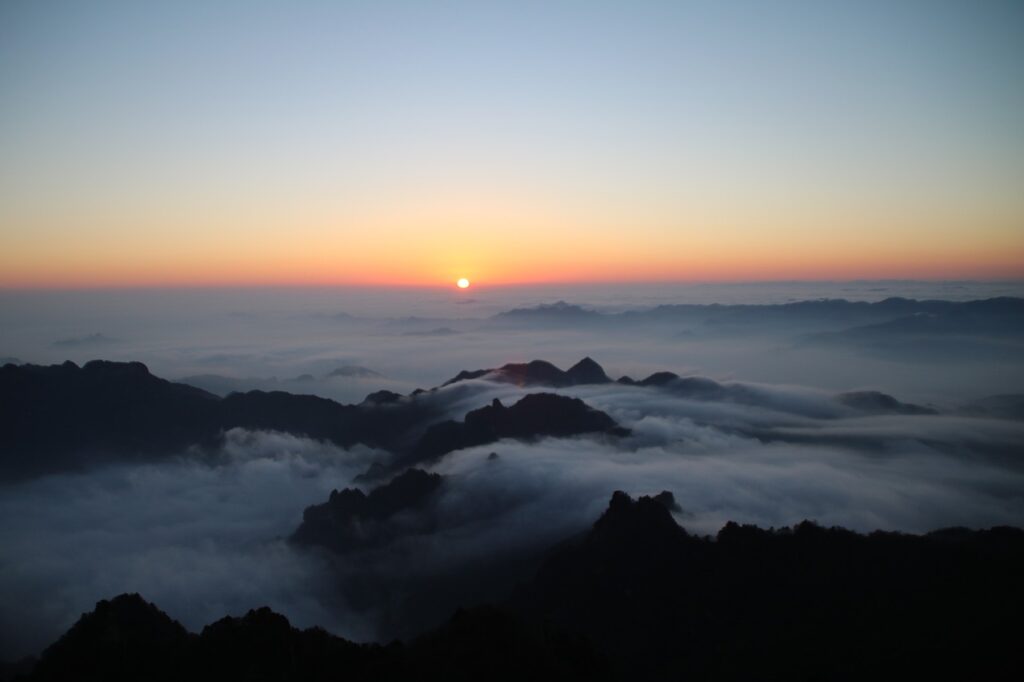

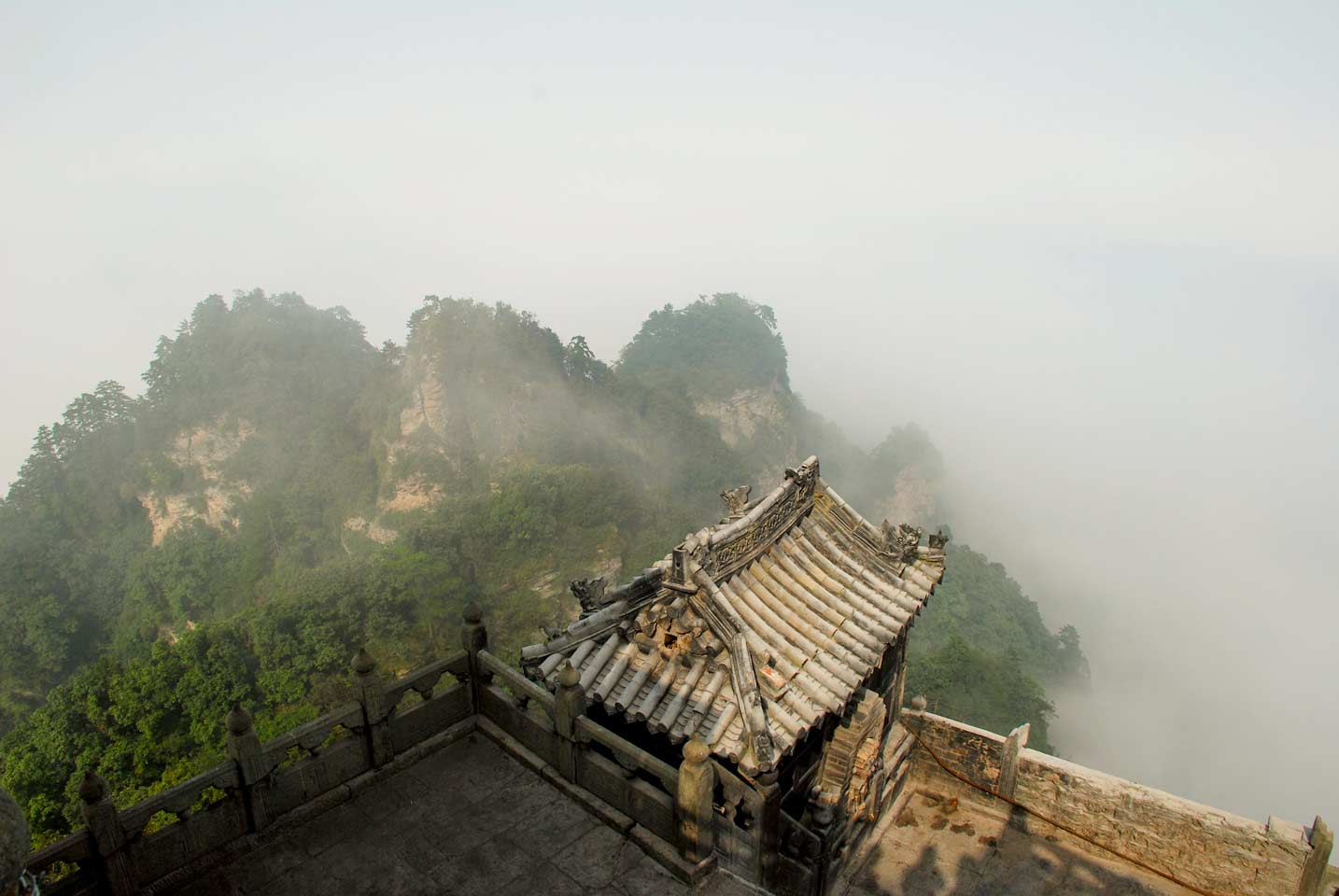
Nestled in the picturesque landscapes of Hubei Province in China, Wudang Mountain stands as a symbol of natural beauty and cultural significance. This legendary mountain has drawn the attention of travelers, spiritual seekers, and martial arts enthusiasts for centuries!
In this article, we will embark on a journey to explore Wudang Mountain and its Ancient Building Complex while delving into its rich history and cultural significance. So, let’s dive in!
Photo by: Tauno Tõhk
Wudang Mountain is located in the northwestern part of Hubei Province, China. It’s situated in a remote and serene region, offering visitors an escape from the hustle and bustle of city life.
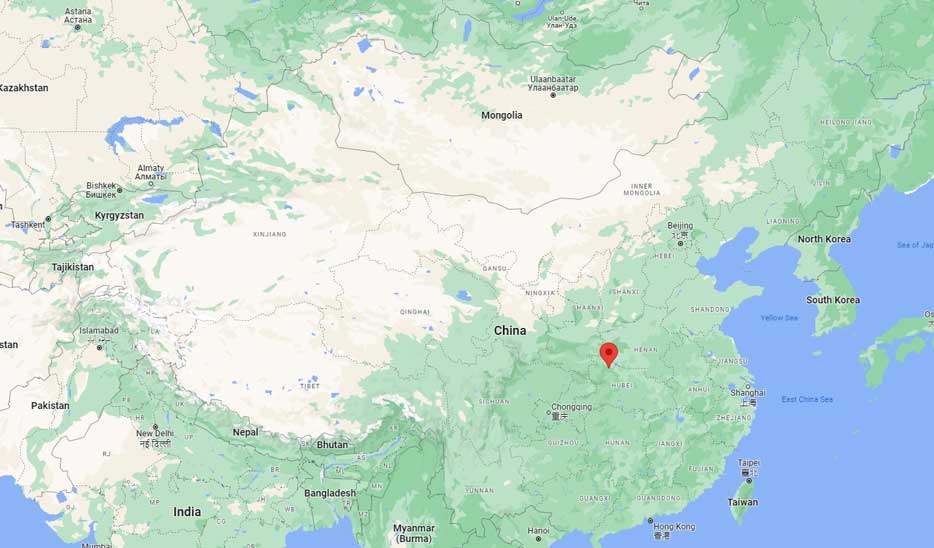
The closest city to Wudang Mountain is Shiyan.
Shiyan is around 30-60 kilometers (18.6-37.2 miles) or around an hour away from Wudangshan (another common name for Wudang Mountian) depending on which mode of transport you decide to use as well as where in the city you start your journey.
Shiyan is well-connected by various modes of transportation, making it the perfect launchpad for your adventure!
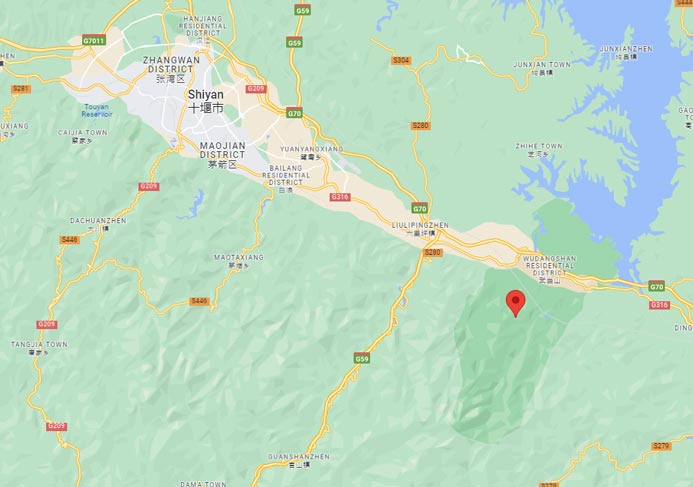
Yes, absolutely! Wudang Mountain welcomes visitors from all over the world. Whether you’re a nature lover, a history enthusiast, or a martial arts aficionado, there’s something here for everyone.
As previously mentioned, the nearest major city to Wudang Mountain is Shiyan, which is well-connected by train, bus, taxi, and even air travel. Once you reach Shiyan, you can choose from various transportation options to reach the mountain.
Wudang Mountain stands at an elevation of 1,612 meters (5,289 feet) above sea level. At its summit, Wudang Mountain offers breathtaking panoramic views of the surrounding landscape.
Its peaks pierce the sky and are often shrouded in mist and clouds, creating a beautiful atmosphere that has inspired artists and poets for centuries.
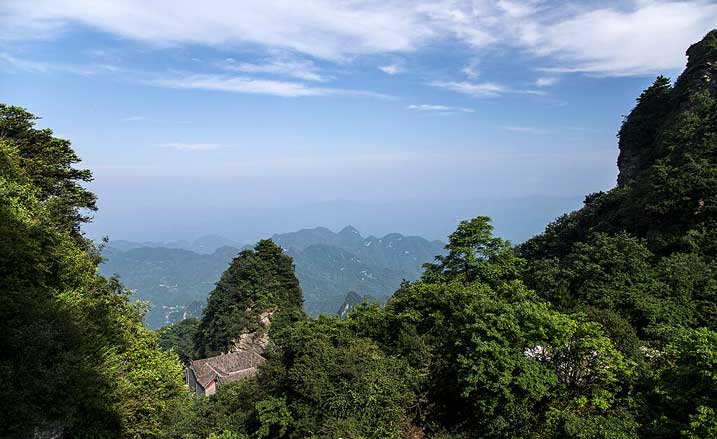
Wudang Mountain covers an expansive area of approximately 400 square kilometers (154 square miles). The mountain’s sprawling territory is divided into many peaks and valleys, each with its own unique character.
While the entire area is known as Wudang Mountain, specific peaks like Tianzhu Peak and Purple Cloud Peak offer distinct hiking experiences.
In addition to its many peaks, Wudang Mountain is also home to a variety of other landscapes, including serene forests, rugged cliffs, and cascading waterfalls. This diversity of landscapes ensures that every visit to Wudang Mountain is a unique adventure!
Climbing Wudang Mountain can take anywhere from 3 to 4 hours, depending on your starting point and pace.
The most common starting point for the ascent is the Wudang Shan Tourist Center, located at the foot of the mountain. From here, a winding stone path leads you upwards, passing through ancient gates, and serene temples. Along the way, you’ll encounter curious macaque monkeys as well as other native wildlife.
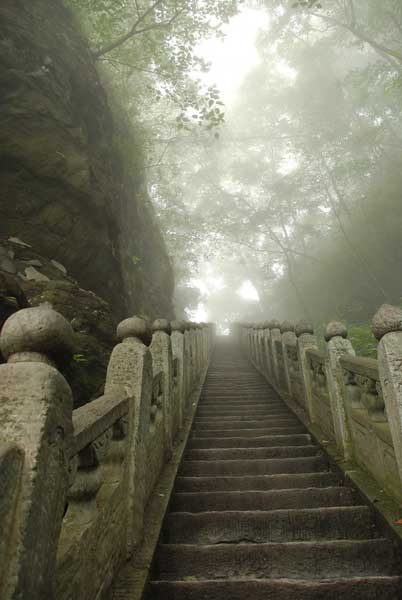
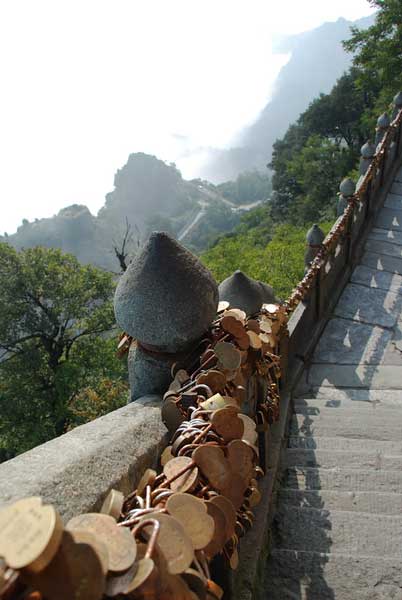
Wudang Mountain is renowned for its unique fusion of natural beauty and cultural significance. Its lush forests, cascading waterfalls, and interesting rock formations create a landscape that feels straight out of a fairy tale! But it’s not just its natural charm that makes Wudang Mountain special.
As we previously mentioned one of the most enchanting aspects of Wudang Mountain is its harmonious blend of nature and human culture.
The significance of Wudang Mountain in Chinese culture is immeasurable, with its temples and monasteries serving as centers of spiritual and martial arts practices!
While Wudang Mountain is enchanting year-round, spring and autumn are the most pleasant seasons to visit. During these times, the weather is mild at around 10-23°C (50 -73.5°F), with this you can enjoy the mountain’s beauty without extreme heat or cold!
Indeed, Wudang Mountain boasts a network of hiking trails that cater to hikers of all skill levels. These trails offer opportunities to explore the mountain’s hidden treasures while taking in its breathtaking scenery.
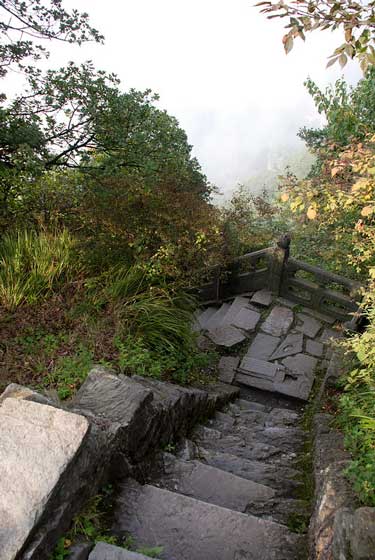
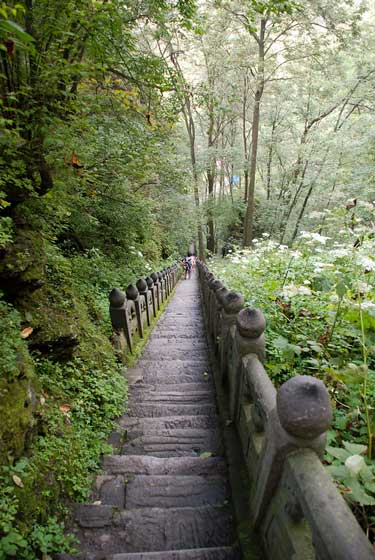
Yes, there are numerous hotels and guesthouses in the vicinity of Wudang Mountain. Whether you prefer budget-friendly lodgings or more luxurious accommodations, you’ll find suitable options to make your stay comfortable!
Apart from the mountain itself, the surrounding region offers many attractions worth exploring. These include:
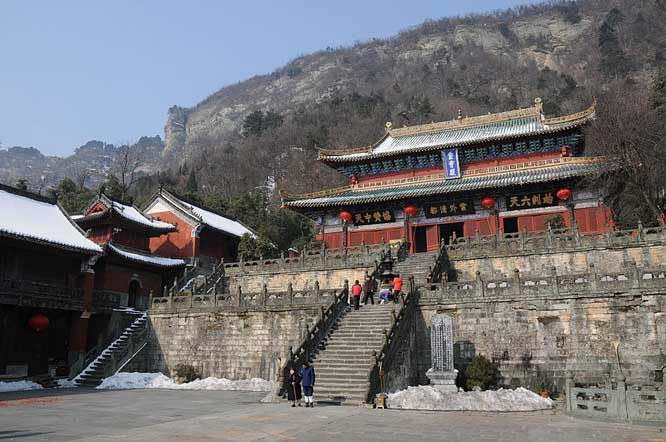
The Ancient Building Complex in the Wudang Mountains is a sprawling architectural wonder that comprises over 50 ancient buildings. This complex is a testament to the architectural and artistic achievements of the Ming Dynasty.
Construction of this remarkable complex began during the Ming Dynasty, around the early 15th century. The Ming Dynasty was a time of cultural flourishing in China, and the Wudang Mountain complex reflects the artistic and architectural achievements of that period.
Many of the buildings in the complex were constructed under the patronage of Emperor Zhu Di, who had a deep love for Taoism. His support for the construction of Taoist temples and palaces on Wudang Mountain played a pivotal role in shaping the complex’s layout and design.
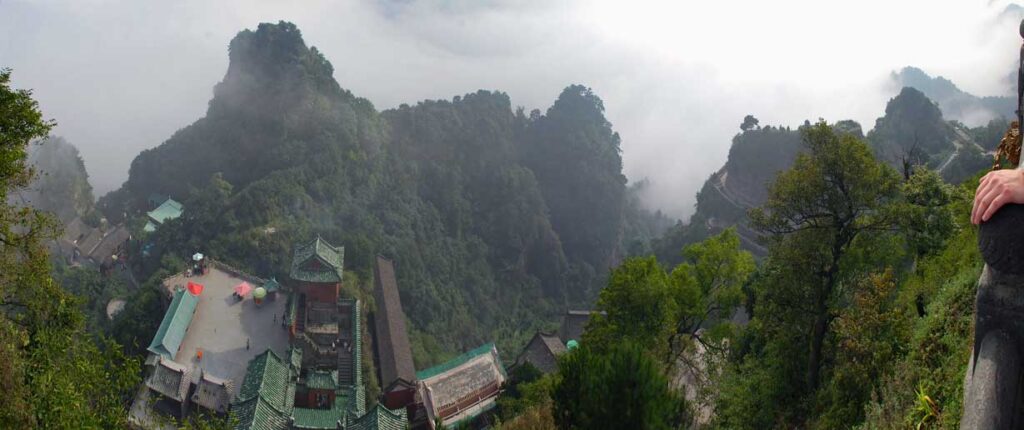
In recognition of its historical and cultural significance, the Ancient Building Complex in the Wudang Mountains earned the coveted status of a UNESCO World Heritage site in 1994. This designation highlights its importance on a global scale.
Within this complex, you’ll discover a treasure trove of architectural marvels, including:
Visitors to the Ancient Building Complex are encouraged to dress modestly and respectfully. While photography is often allowed, it’s essential to check for specific rules or restrictions at each site.
You should show reverence and mindfulness while exploring these ancient treasures is a sign of respect for their historical and cultural significance!
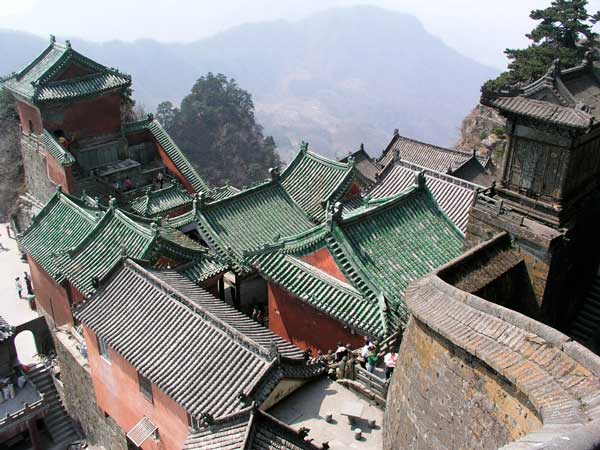
Wudang Mountain has been home to many revered Taoist masters throughout history. One of the most legendary figures associated with Wudang is Zhang Sanfeng, credited with founding Wudang martial arts.
Zhang Sanfeng is a legendary figure in Chinese folklore, known for his wisdom and martial prowess. According to Taoist legends, he achieved immortality through the practice of Taoist alchemy and meditation.
Zhang Sanfeng is often depicted as a bearded sage, clad in Taoist robes, and holding a long staff. His teachings and martial arts techniques have had a profound influence on Wudang Mountain’s culture and history.
Currently residing on Wudang Mountain, you can find Master Gu.
He is a man who trains and teaches people who are interested in Taoism.
He runs a lovely YouTube channel that you can check out if you are interested in going to visit Wudang Mountain to train or even some tips for if you want to train in your own home!
I can personally recommend his channel as I enjoy it myself!
Several Taoist temples and monasteries dot the landscape of Wudang Mountain, each with its own unique charm and history. Some of the most significant ones include:
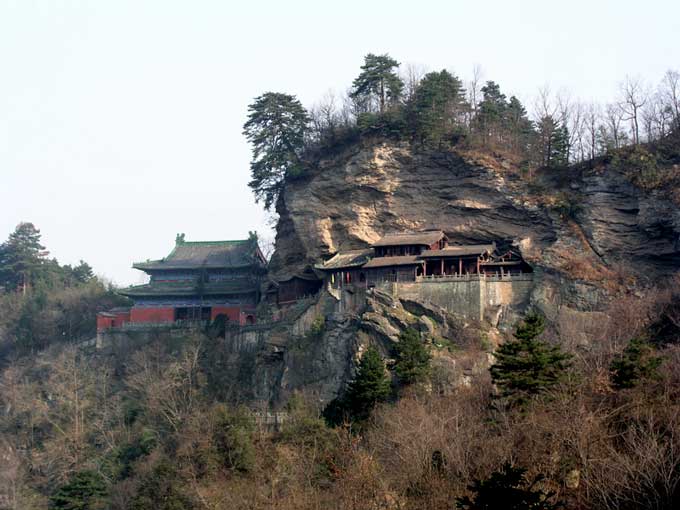
Wudang Mountain is synonymous with traditional Chinese martial arts. Among the various martial arts practices, two stand out:
Tai Chi is widely practiced on Wudang Mountain. Its slow, flowing movements promote relaxation, balance, and inner harmony. Many schools and instructors offer training to visitors eager to learn this ancient art.
Wudang Kung Fu is a distinctive martial art style with a history deeply intertwined with the mountain itself. It emphasizes flexibility, balance, and the cultivation of inner energy. For those interested in learning this art, Wudang Mountain offers abundant opportunities.
Absolutely! Many schools and experienced masters on Wudang Mountain welcome enthusiasts of all levels. Whether you’re a beginner looking to explore Tai Chi or an experienced martial artist eager to delve into Wudang Kung Fu, there are courses and training programs available to suit your interests and skill level!
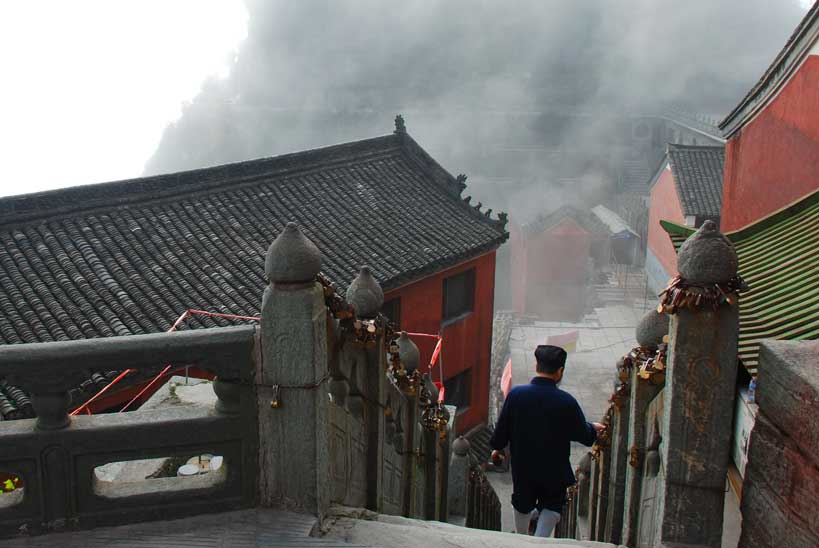
In conclusion, Wudang Mountain and its Ancient Building Complex are not just travel destinations; they are gateways to a world of natural wonder, cultural richness, and spiritual depth. Whether you seek adventure, historical exploration, or personal growth through martial arts, Wudang Mountain has something truly special to offer. Plan your visit and immerse yourself in the timeless beauty and wisdom of this remarkable place.
